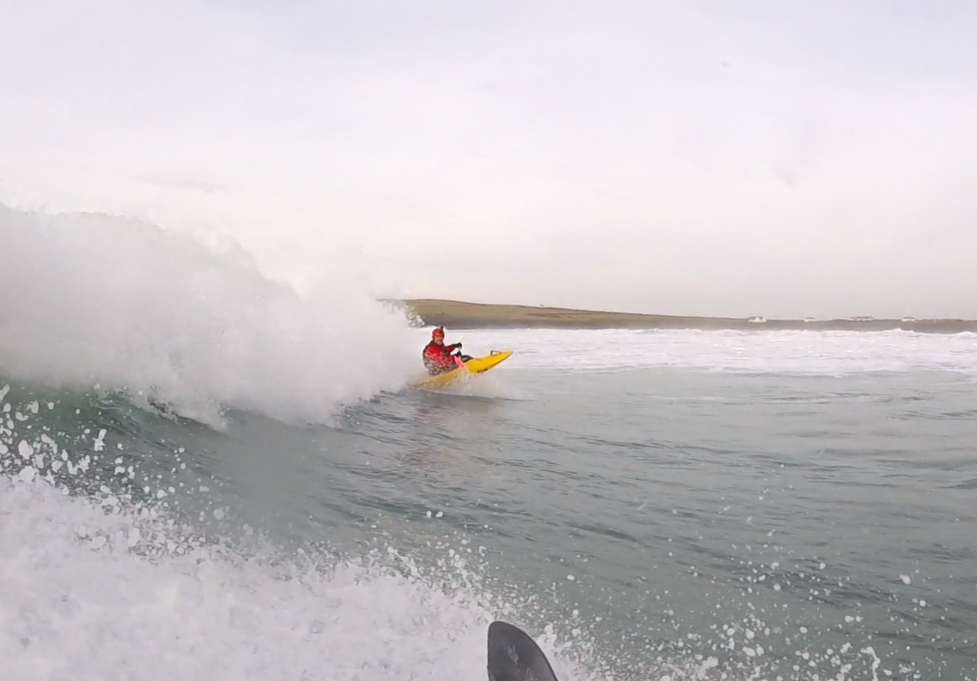Some eBay stuff turned up in the post today. This allowed me to screw a bung into the lambda sensor bung with vacuum pipe leading out of it to a PSI gauge in the cabin. I started the car up and was rather surprised to see 0 PSI of back pressure at idle (1000 RPM).
I let the car warm up a bit and then revved it to 4000 RPM and had 0 back pressure reading! Abeit the needle on the gauge was twitching just off the 0 PSI needle stop and the turbo doesn't spin up when there is no load on the engine.
This is awesome news and thankfully ratifies my design and gas flow logic, hopefully my openly published R&D will be of some help to other people. From what I've read, most ordinary street cars at idle would expect roughly 0.75 to 1.25 PSI of back pressure, leading up to about 4 to 8 PSI at high revs.
Can't wait to take the car out for a full bore blast when the fog and dampness clears and see what the back pressure reading is.
I have to admit, after the doubters on here I was beginning to wonder if I'd messed up the design myself, particularly with reflection wave pipe. This morning I had already drawn up a further design including straight through (external flapper bypass valve), an extra resonance chamber and an adjustable (external) helmholz pipe. Thankfully (so far) it seems this won't be necessary now.
Hoorah.
Edited by Nev, 16 December 2016 - 07:36 PM.


















